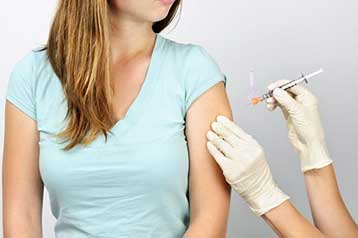Exserohilum rostratum
Exserohilum is a common mold found in soil and on plants, especially grasses, and thrives in warm and humid climates.Exserohilum rarely causes infections for people.
The most common infections caused by Exserohilum rostratum are sinusitis and skin infections, but it can cause keratitis (eye inflammation), subcutaneous phaeohyphomycosis, endocarditis (inflammation of the lining of the heart), and osteomyelitis (bone infection). Exserohilum rostratum has been recognized as a human pathogen.
People at Risk
Although anyone can get an infection with Exserohilum, infections most often occur in people with weak immune systems1.Injury is another cause of infection2.
Prevention
For people with weakened immune systems or severe lung diseases, there are steps that can be taken to help reduce exposure, including:
- Wear an N95 mask when near or in a dusty environment such as construction sites
- Avoid activities that involve close contact to soil or dust, such as yard work or gardening
- Use air quality improvement measures such as HEPA filters
- Take prophylactic antifungal medication if deemed necessary by your healthcare provider
- Clean skin injuries well with soap and water, especially if the injury has been exposed to soil or dust






